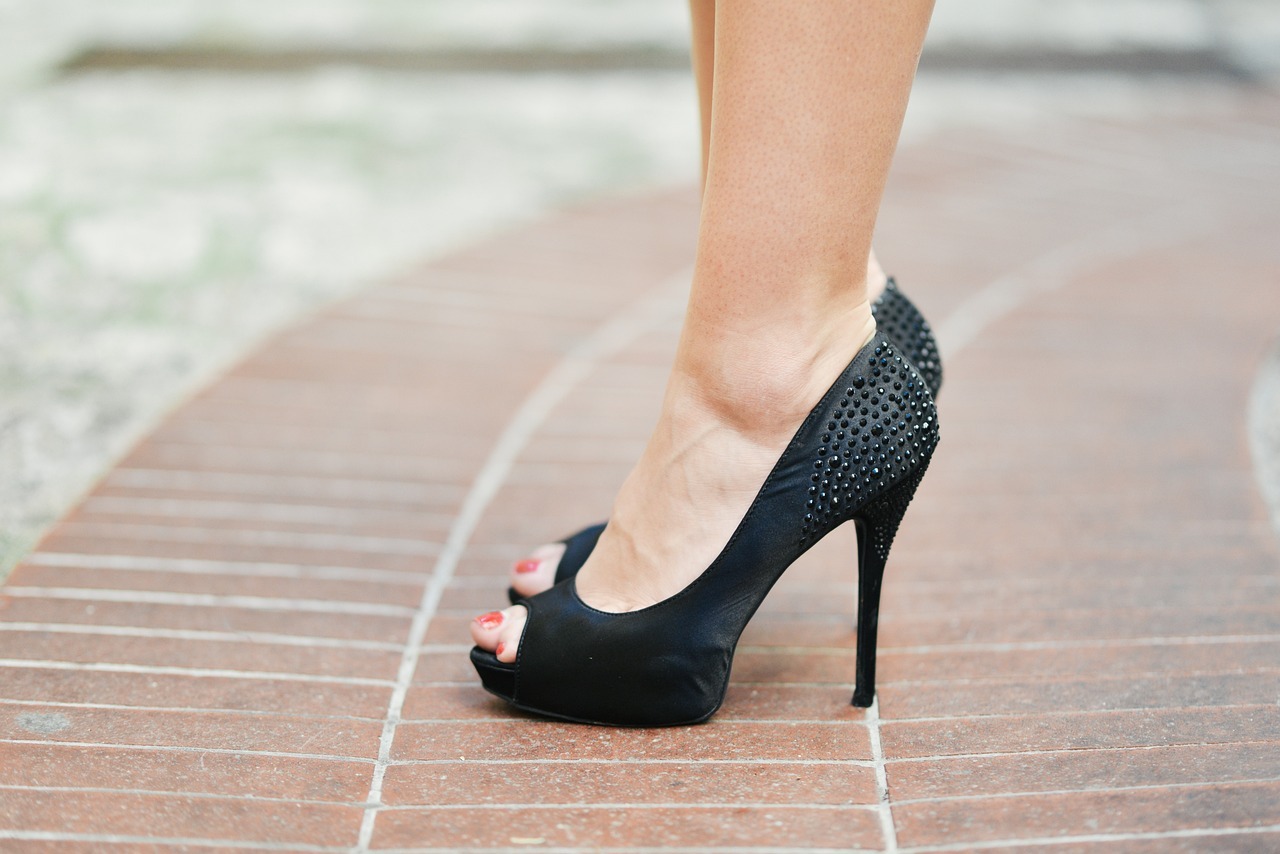Any good romantic comedy features the usually down-to-earth female lead dolling herself up and comically stumbling around the room in her high heels. Either that or a fancy debutante convinces a man to buy her five pairs of heels at $2,000 a piece. High heels are definitely a staple of our culture that represents elegance, fashion, and strong ankles!
If you’re a high heel enthusiast or just interested in the current shoe fashion, you’d be interested in the history of high heels. They have quite an interesting background, which we’ll cover briefly below:
The Beginning
Would you believe that Egyptian butchers were the originators of high heel shoes? They used the heels to walk through scores of dead animals without getting insides on their outsides! It doesn’t necessarily conjure up the image of Julia Roberts at a ball in Pretty Woman, but that’s what ancient Egyptian murals tell us.
High heels, as we know them today, were actually brought into mainstream fashion during the 16th century. This occurred when Catherine de Medici, who was under five feet tall, was about to marry her much taller husband Henry II (Hey, she was only 14). The bride-to-be worked with a local cobbler to fashion shoes which gave her a 2” boost.
At the time, women wore platform shoes for the most part, some of which could be up to 60 centimeters high. However, platform shoes presented quite a risk of falling or even miscarrying. They hence had some legislation against them. It was also around that time that shoemakers tried to give height to their female customers but in a safer way. They hence carved the platform out from the front to create early high heels.
The Beginning of High Heel Fashion
The fad caught on, and many classes of royalty began wearing the higher-heeled accessories. High heels quickly became the “in” thing for shoe fashion during that era. Marie Antoinette was such a fan that she was even executed in a pair of 2-inch heels. “Well-heeled” became a phrase that designated a person as rich, wealthy, or royalty.
The wearing of heels by men and women of wealth was a sign of class distinction. Yes, even men wore heels in ancient times! In fact, Louis XIV even wore 5” heels with battle scenes painted on them.
Masculine Uses for Heels
It might not seem like it now, but the popularity of high heels today is very much due to their usefulness on male feet. Cameron Kippen, a shoe historian and podiatrist, has claimed that the modern high heel originates from the horse-riding days. Since men riding horses need to hold onto the stirrups, heeled shoes were deemed the most effective option. This is why both male civilians and warriors from the 16th-17th century have been depicted as wearing high heels, especially when sitting on a horse.
Heels were actually deemed to be a sign of masculinity, with macho men proudly displaying their heels wherever they went. Later on, high heels also became the fashion for kings and rich courtiers.
The Downturn for Women’s High Heels
After the death of de Medici, the trend of heeled women ended for women in that particular era and region. The fashion was more towards women wearing low heels. However, men liked being taller than everyone else and hence held on to the high heel for themselves.
As mentioned above, Louis XIV was especially fond of this fashion, which is probably why we have heels named after him today. The kind would wear very tight high heels which were also decorated in a flamboyant manner. However, his special badge of honor was a certain red-heeled version. Louis XIV wouldn’t allow anyone else in his French court to wear anything similar. Only those who won his especial favor were allowed to don the coveted red shoes.
Heel Resistance
When Napoleon Bonaparte came into power, he wanted everyone to appear equal. Since heels represented a divide between the poor and wealthy, he banned them in the early 19th century. Heels were also referred to as controversial footwear by the first settlers of America in Massachusetts. If any woman was caught wearing them, she would be classified as a witch.
The Rise of Stiletto Heels
High heels may have been quite popular before World War II, but it was only after this war that they lost their chunky look and became thinner. Before this time, the common people usually weren’t allowed to wear high heels for the most part. The general population didn’t even care about fashion all that much, with the rivalry of high heels being mostly between courtiers and the royal family.
After two world wars, then, people finally had the technology to create the stiletto heels. The secret here was a strip of metal that joined a shoe’s insides together. This meant that the foot and the heel of the shoe could maneuver independently of each other. The resulting shoes could bend, twist, and turn according to the wearer’s needs.
Before the stiletto, the heel of a shoe was more under the foot’s arch. With the stiletto shank technology, heels were able to move to the back of the shoe. Most shoe enthusiasts would agree that this is a much better look and probably leads to a more comfortable experience.
Heels Since Then
Heels have enjoyed an up and down popularity, almost from the time they were first cobbled together. They’ve made it through the Great Depression, enjoyed a popularity boost when mini-skirts and poodle skirts were the height of fashion and were banished when the woman’s movement deemed them sexist.
In the ’80s and ’90s, women dressed more professionally. Thus, business-like high heel shoes have survived. Many women don’t take into consideration the long and rough road that heels have taken. The next time they get dressed for a wedding or fancy cocktail party, maybe they’ll pour out a little martini in honor of those Egyptian butchers.


